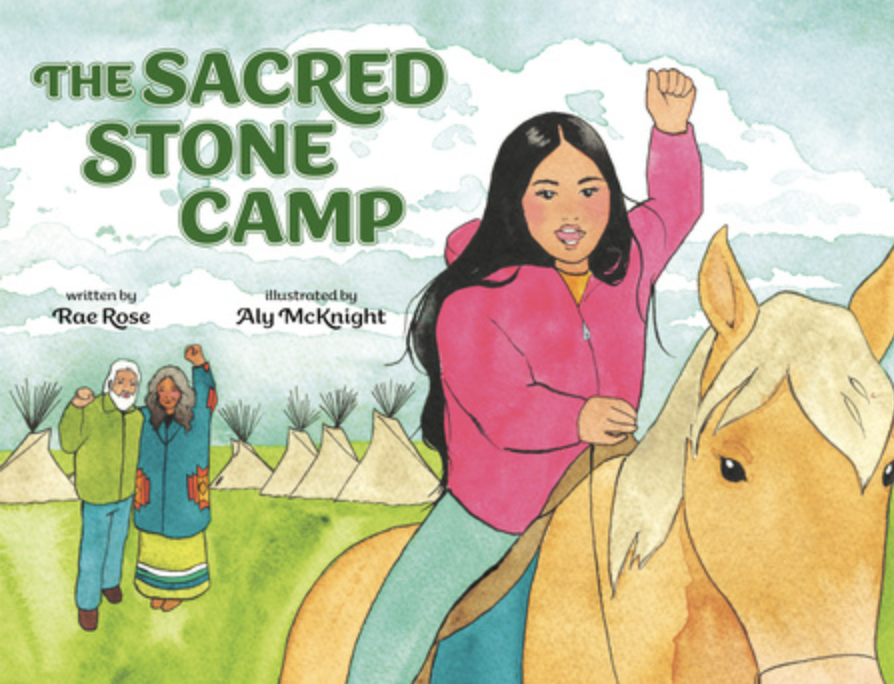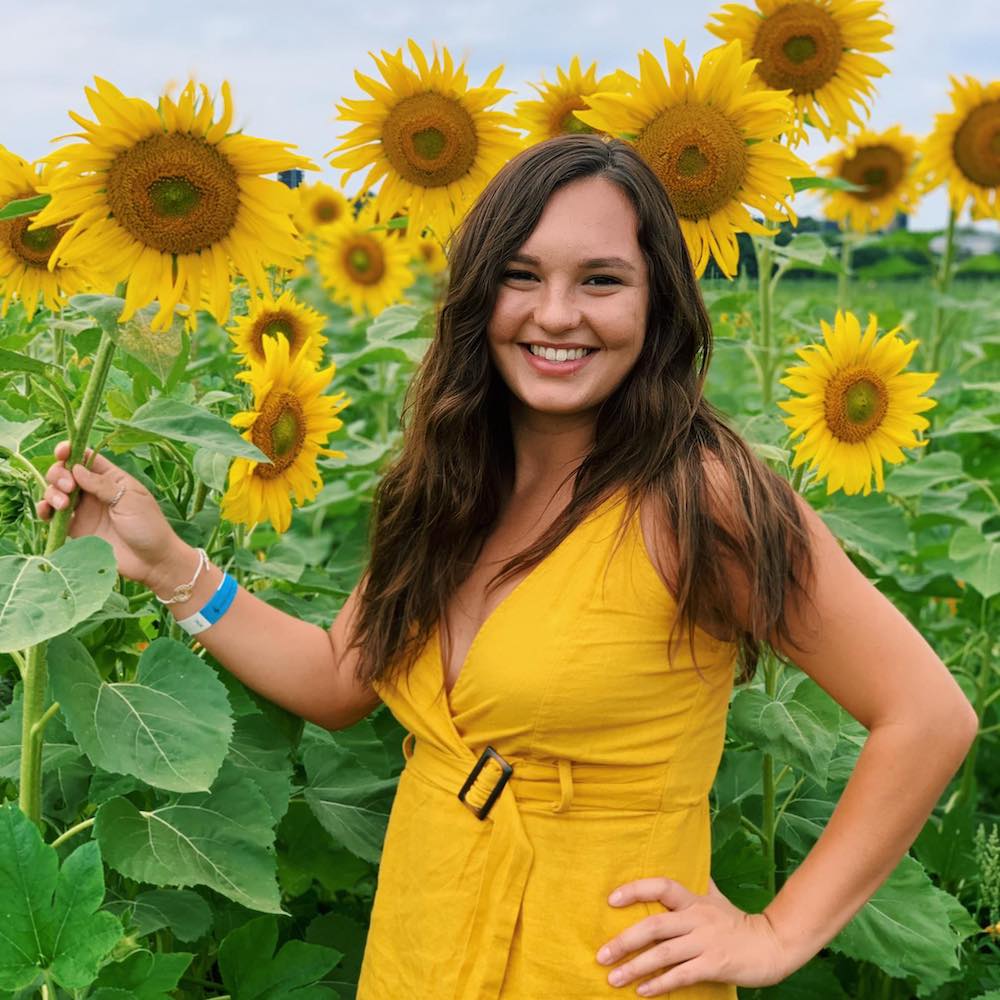
- Details
- By Kaili Berg
A new children’s book hitting shelves this fall introduces young readers to the story of the Sacred Stone Camp and the movement to protect water and land at Standing Rock.
The Sacred Stone Camp (Dial Books for Young Readers, out October 7, 2025) tells the story of a young girl who travels to camp with her Unci LaDonna and Lala Miles as Water Protectors gather to stand against the Dakota Access Pipeline.
Nervous but determined, the girl finds courage in her family and in the strangers who come together to defend the river from the “black snake” threatening the water millions depend on.
The book is written by Rae Rose, an Indigenous and Asian writer who personally knew LaDonna Brave Bull Allard, the Native historian and activist who founded Sacred Stone Camp.
Allard, who passed away in 2021, became one of the most recognizable voices of the NoDAPL movement and inspired thousands to join the fight to protect the Missouri River.
The release comes ahead of the 10th anniversary of both the camp’s founding and the start of the NoDAPL protests in the spring of 2016.
While the Dakota Access Pipeline continues to operate, protests over pipelines and fossil fuel projects continue today. Rose said she hopes the book sparks conversations with children about why protecting water matters and the ongoing impact pipelines have on the Earth.
Rose, who grew up in Coast Salish Territory in Washington state and still lives there with her family, is a journalist whose work has appeared in Last Real Indians, South Seattle Emerald, and Mazaska Talks.
She also contributed to the short story anthology The Haunted States of America and wrote for the documentary series Facing the Storm: An Indigenous Response to Climate Change.
The book is illustrated by Aly McKnight, an enrolled member of the Shoshone-Bannock Tribes and self-taught watercolor artist known for her colorful, story-rich paintings of Indigenous life.
McKnight, who grew up in northern Nevada and now lives in Utah with her partner and daughter, brings the camp and its people to life with expressive, warm artwork.
The Sacred Stone Camp is aimed at readers ages 5–9 and offers families and classrooms a way to talk about Standing Rock, LaDonna Brave Bull Allard’s legacy, and the importance of standing up for Native American rights.
More Stories Like This
Watermark Art Center to Host “Minwaajimowinan — Good Stories” ExhibitionMuseums Alaska Awards More Than $200,000 to 12 Cultural Organizations Statewide
Zuni Youth Enrichment Project Takes Top Emerging Artist Apprentices to Phoenix for Artistic Exploration and Cultural Immersion
From Dishwasher to Award-Winning Chef: Laguna Pueblo's Josh Aragon Serves Up Albuquerque's Best Green Chile Stew
Rob Reiner's Final Work as Producer Appears to Address MMIP Crisis
Help us defend tribal sovereignty.
At Native News Online, our mission is rooted in telling the stories that strengthen sovereignty and uplift Indigenous voices — not just at year’s end, but every single day.
Because of your generosity last year, we were able to keep our reporters on the ground in tribal communities, at national gatherings and in the halls of Congress — covering the issues that matter most to Indian Country: sovereignty, culture, education, health and economic opportunity.
That support sustained us through a tough year in 2025. Now, as we look to the year ahead, we need your help right now to ensure warrior journalism remains strong — reporting that defends tribal sovereignty, amplifies Native truth, and holds power accountable.
 The stakes couldn't be higher. Your support keeps Native voices heard, Native stories told and Native sovereignty defended.
The stakes couldn't be higher. Your support keeps Native voices heard, Native stories told and Native sovereignty defended.
Stand with Warrior Journalism today.
Levi Rickert (Potawatomi), Editor & Publisher


